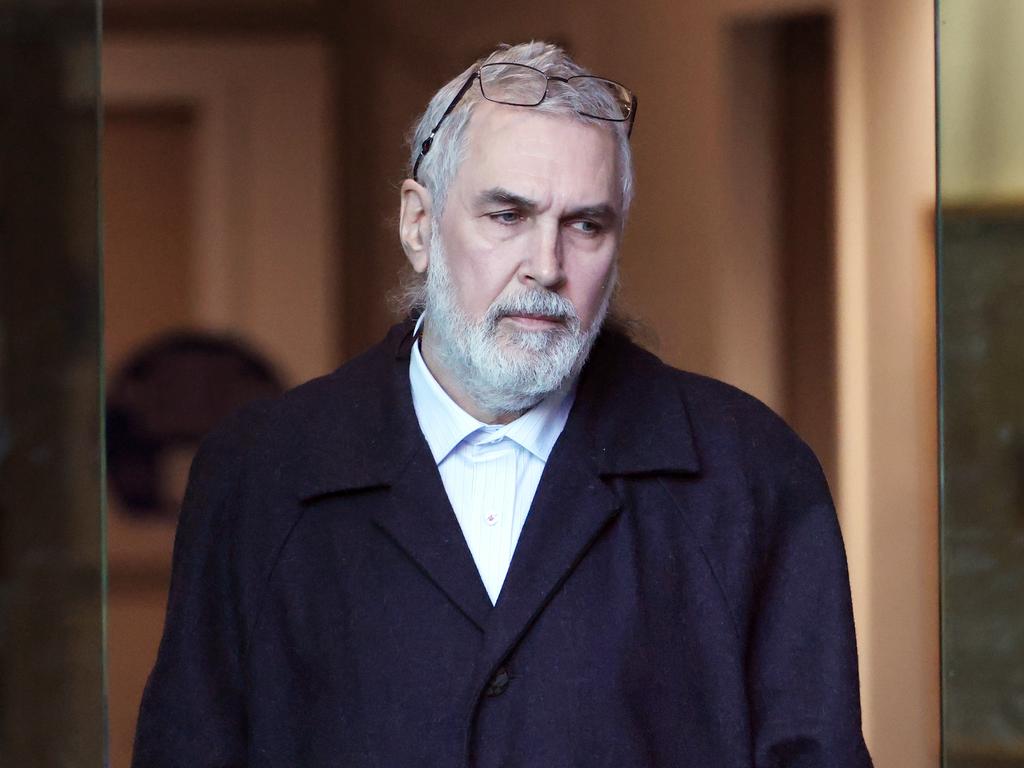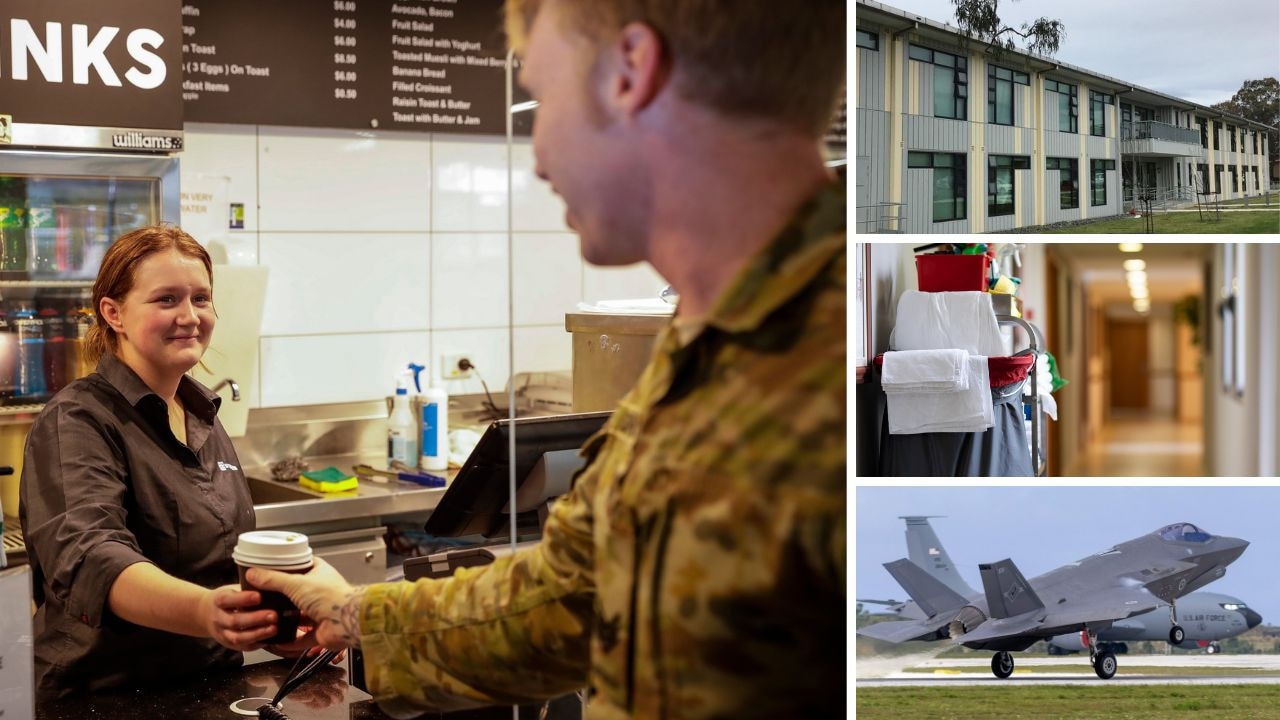‘No sign’ of deadly mushrooms in beef Wellington leftovers
The scientist who inspected the leftover beef Wellington stored the meal in her own fridge for more than 24 hours, but found no trace of poisonous mushrooms in the sample provided.
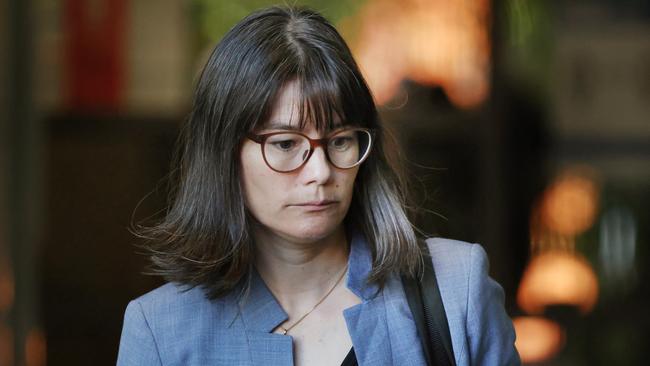
The scientist who inspected Erin Patterson’s leftover beef Wellington found no trace of poisonous mushrooms in the sample she was provided, the court has heard, as she reveals she left the meal in her personal fridge for more than 24 hours.
Royal Botanic Gardens of Victoria research scientist Camille Truong, giving evidence in Ms Patterson’s murder trial, said it was “probably impossible” for death cap mushrooms to be bought from a store because they grow only in the wild.
“The mushrooms you buy in the supermarket are cultivated – are grown in culture – and death cap mushrooms cannot be grown in cultures,” Dr Truong said.
The Victorian Supreme Court on Wednesday also heard evidence regarding Ms Patterson’s disposal of a Sunbeam dehydrator, which she allegedly used to dry out poisonous mushrooms to hide in a beef Wellington and feed to her ex-husband’s elderly relatives.
Ms Patterson is on trial for the murder of three of the relatives, and the attempted murder of the fourth, by feeding them the deadly meal at a lunch in her Leongatha home on July 29, 2023. She has pleaded not guilty to all charges.
The court has previously heard police sent to perform a welfare check on Ms Patterson on July 31, 2023, had also been tasked with fishing the leftover meal out of a red-lidded bin outside her house.
The meal was then dropped to the Leongatha Hospital, before being transported with Ms Patterson in an ambulance to the Monash Medical Centre.
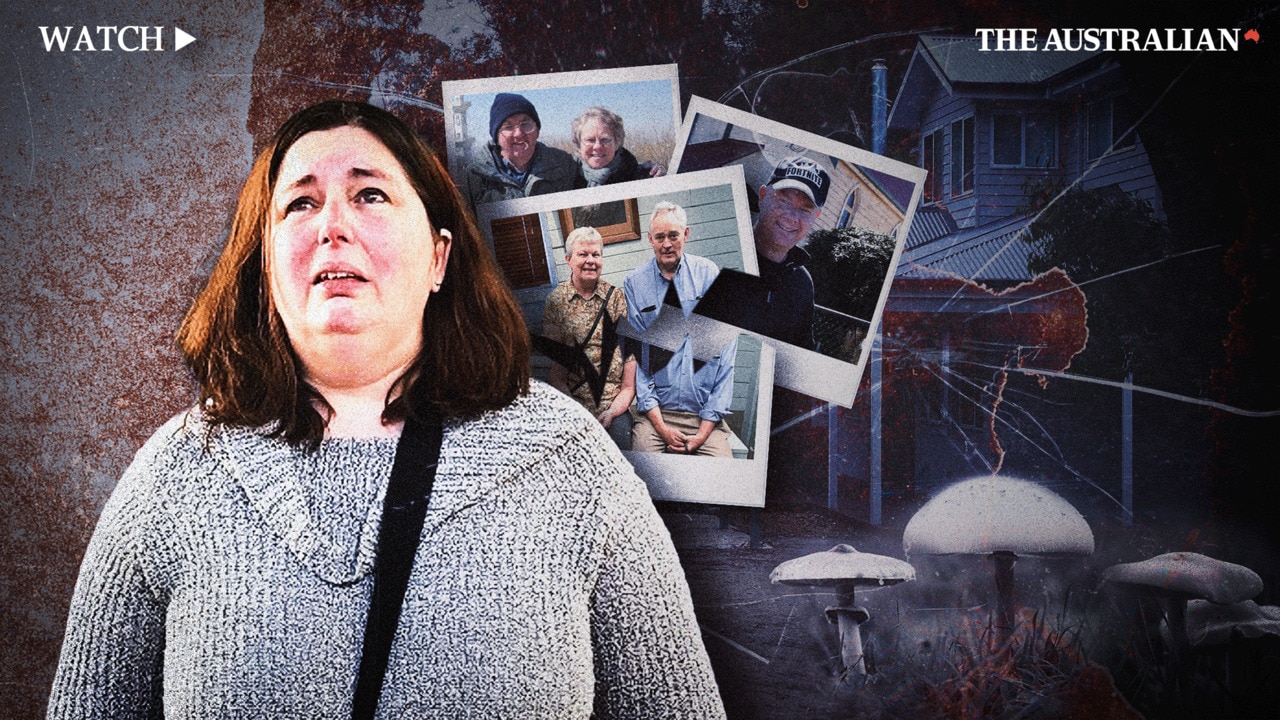
Once at the Monash Medical Centre, toxicology registrar Laura Muldoon emailed Dr Truong a photo of the meal to see if she could identify the mushrooms used.
“Photo of finely chopped and cooked mushroom as discussed,” Dr Muldoon wrote, alongside a picture of what looked like a pastry-wrapped steak with small pieces pulled out of it. “No news yet if any unchopped/uncooked available.”
Dr Truong told the court she was unable to identify the mushrooms from the image.
“She sent the photographs of what appears to be meal and I had a look at the photographs and I told her that, based on the photographs, I was not able to give an identification of the mushrooms,” she said.
Dr Truong said Dr Muldoon told her over the phone that Ms Patterson had said the mushrooms were bought from a supermarket and a “Chinese shop” but it was “extremely unlikely” death cap mushrooms could have been purchased from a store.
“I did indicate to her that if the mushroom were coming from a shop or a supermarket, it was extremely unlikely, and probably impossible, to be death cap mushrooms because those mushrooms only grow in the wild, whereas the mushrooms you buy in the supermarket are cultivated – are grown in culture – and death cap mushrooms cannot be grown in cultures,” she told the court.
The leftovers of the meal were sent to Dr Truong in a taxi, but due to a “misunderstanding” she left work before they arrived at 5pm.
“It was the person from the reception of the Royal Botanic Gardens, who sent a message … saying that someone dropped a package for me as they were closing the Royal Botanic Gardens so this item was left there, inside the visitor centre,” Dr Truong said.
Her colleague then delivered the leftovers to her home.
Dr Truong said she had a “small microscope” in her home, which she used to inspect the meal.
“I always clean up the bench and then I use gloves. I use a small tray and tweezers that are also sterilised with alcohol wipes,” she said.
“So I opened the package, I saw it was a food item which contained mushrooms inside and so I – with tweezers I carefully picked out the little pieces of mushroom on the tray and then I studied them under the microscope.”
No trace of death cap mushrooms was found in the food, she said.
Dr Truong spent the following day doing field work and left the meal in her fridge.
On August 2, 2023, she took the food to her work laboratory and “conducted exactly the same investigation” at her office as she had at home. Dr Truong said there were “no signs” of death cap mushrooms in the food sample.
On both inspections, however she found field mushrooms.
“The name is agaricus bisporus. This is the typical mushrooms that you find in a supermarket,” she said. “That is the only mushroom that I found in this food item.”
Dr Truong’s colleague, mycologist Tom May, on Wednesday told the court death cap mushrooms can look like non-toxic mushrooms such as “young puffballs”.
“In general, young puffballs are regarded as edible,” he said.
Under cross-examination by counsel Sophie Stafford, Dr May agreed death caps – known technically as amanita phalloides – can be difficult to distinguish from native members of the amanita category.
The jury on Wednesday was also shown CCTV footage of Ms Patterson dropping her dehydrator to the Koonwarra tip in a red 4WD, four days after the lunch.
In the video, Ms Patterson, wearing a grey jumper and white pants, is seen driving up to a large green corrugated iron shed, which operations manager Darren Canty identified as a “storage shed”.
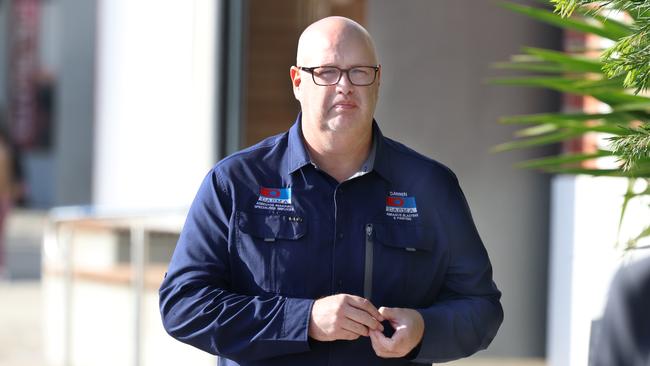
Ms Patterson, in the footage, exited the car and opened its boot. She picked up a large black device – later identified as the dehydrator – and took it inside the shed before driving away without it.
Mr Canty said he reviewed the footage after police contacted him on August 4, 2023, and sent an employee to retrieve the item from the bin. The employee sent him a photo of the dehydrator, which was also shown to the court.
Detective leading senior constable Paul Burns was sent to the tip to collect the appliance, which he wrapped in plastic and drove to the Wonthaggi police station.



